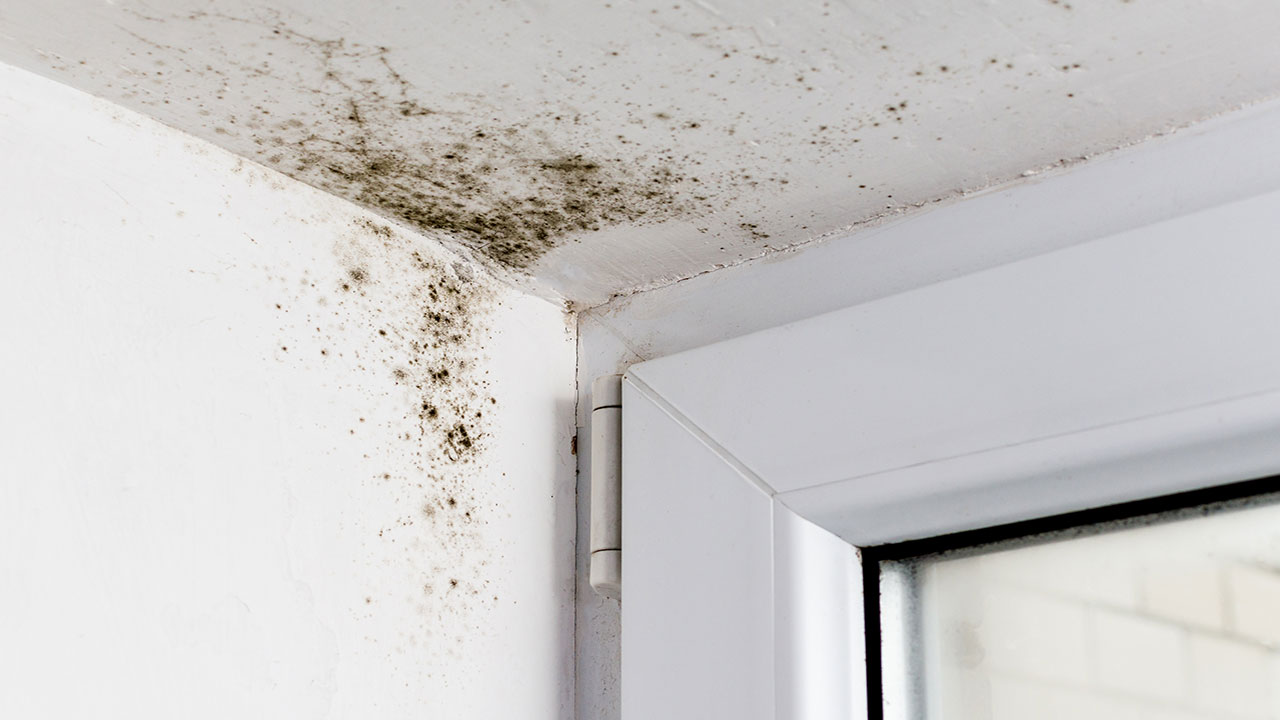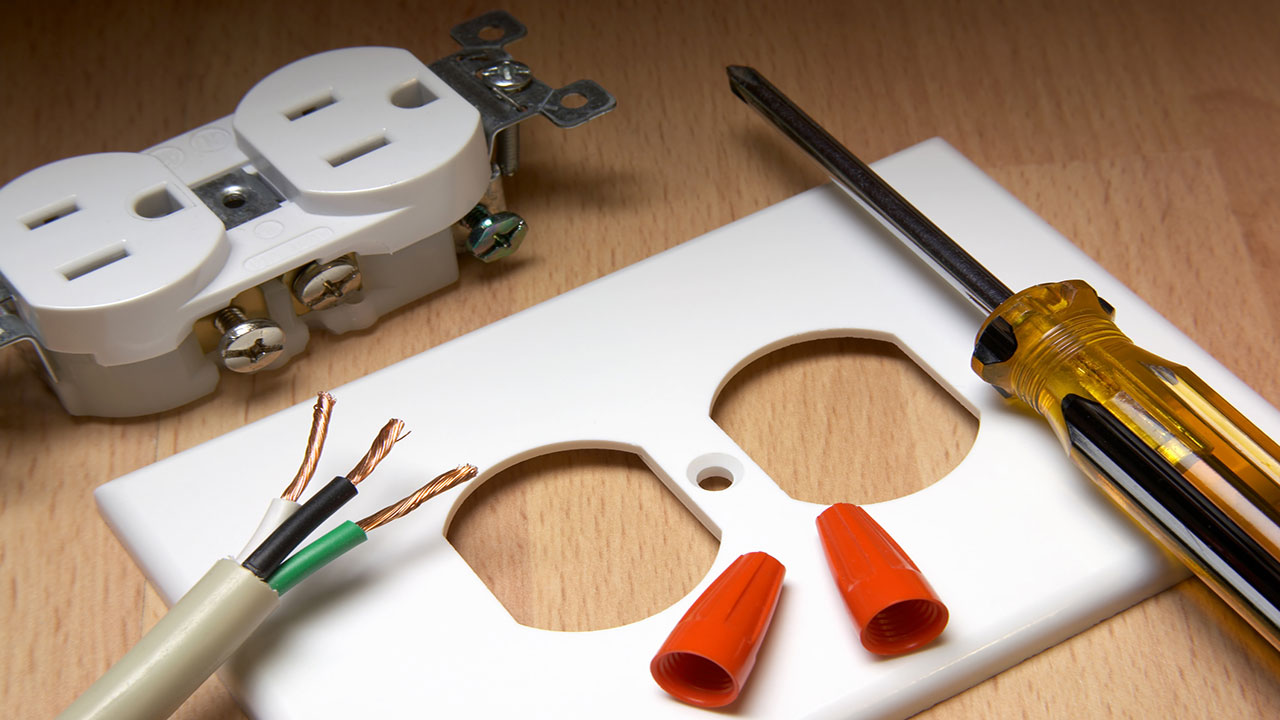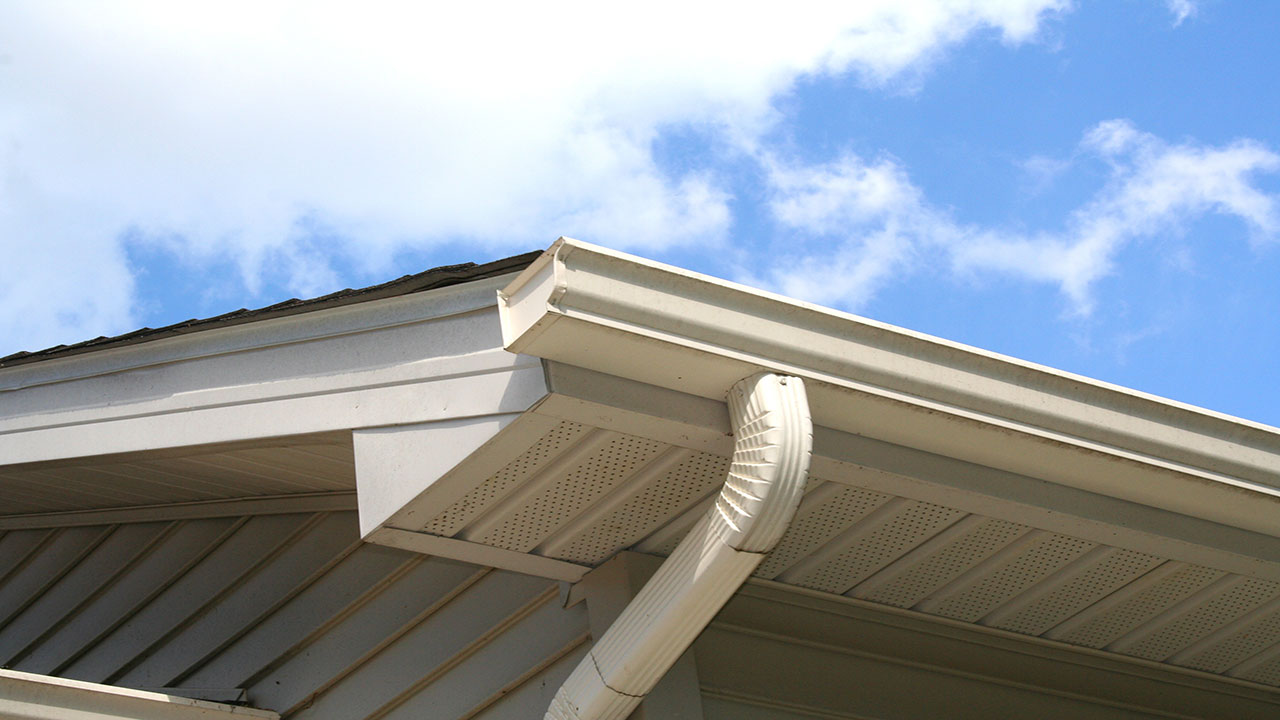8 Most Common Issues Home Inspectors Find

Home inspections typically accompany real estate deals, giving buyers an opportunity to check out the house in greater detail with a professional in an effort to uncover any problems that may not have been detected during the initial visit. Buyers are highly advised to include a home inspection contingency in their offers specifically for this reason.
Unless you’re a trained inspector, contractor, engineer, or architect, you may not have the same eye for issues in a home that a trained and experienced home inspector does. What you may gloss over will be more likely to be caught by a professional. That way you can make a more informed purchasing decision before you sign on the dotted line.
Having said all that, certain issues are more common during home inspections than others, including the following.
1. Poor Ventilation

If there’s inadequate ventilation in the home, you could be stuck with a higher-than-necessary utility bill every month and a less-than-comfortable interior. Proper ventilation cannot be underestimated, as it’s important to reduce condensation, minimize any backdrafts, and improve the overall air quality for occupants of the home.
Your home inspector will check out all the vents in the bathrooms, kitchen fans, and roof soffits and vents. The attic will also be checked for excessive heat and vapor condensation.
2. Roof Issues
Problems with roofs are more typical in older homes that have not had their roofs replaced over recent years. However, they can also present themselves in newer homes where homeowners take on DIY roles to fix the roof themselves or have had an incompetent contractor do a shoddy job.
Any number of issues can be found with a roof, including peeling shingles, poor installation, leaks, sagging, faulty flashing, and pest infestation. Fixing or replacing a roof can be an expensive job, so an issue like this will need to be addressed at the negotiating table.
3. Poor Grading or Drainage

Adequate drainage is important to ensure that all water drains away from the home rather than towards it. Faulty grading can cause water to pool at the home’s foundation and cause leakage into the home. Alternatively, there could be a problem with foundation movement which can also negatively affect drainage.
Signs of inadequate drainage include pooling of water at the foot of the exterior walls, soft soil around the perimeter of the home, rotting walls, mold, “sticky” doors and windows, and any signs of water in the crawlspace.
This issue can be rectified by regrading the soil or adding downspouts to ensure water pools away from the home rather than towards it. However, if the foundation requires repair to fix the drainage issue, this could be a very costly project.
4. Bad Plumbing
Home inspectors typically walk around a home and turn on all sink faucets and showerheads, flush toilets, and check the plumbing pipes underneath sinks to make sure all is well. Any number of issues can be found with plumbing in a home, including slow draining, weak water pressure, and leaks in pipes, to name a few.
5. Faulty Electrical Wiring

One of the first things that home inspectors do when checking out a home is look at the electrical panel. While they are not electricians, they are still skilled enough to spot an issue if there’s one present. Inspectors will open up the panel to check the amp size of the home’s electrical service. The size of the home’s service will determine the number of appliances that can be run at one time.
If the amp size is inadequate, there could be a fire hazard in the home if too many appliances are being operated at one time. For instance, a 60 amp service would not be enough to run 200 amps worth of power. Ideally, the home should have at least 100 amps. If not, this will need to be upgraded.
The inspector will also make sure all outlets are safe and that there are no exposed wires anywhere. Electrical fires can occur if the wiring is not adequate, so this is an issue that would need to be rectified immediately.
6. Poor HVAC System
The heating and cooling system of a home will be inspected by an inspector to ensure the system is functioning properly. Unfortunately, issues with poor installation, old components, filthy filters, cracks in the heat exchanger, carbon monoxide leaks, and inadequate maintenance are common. Sometimes the fix is something as simple as cleaning or replacing the filters, whereas other times it may be necessary to completely replace a unit.
7. Damaged Gutters

The gutters of a home will not only be checked out to see if they are full of debris and blocked, but they’ll also be looked at to see if there is any damage that is causing them to inadequately funnel water away from the home. Whether they’re clogged, bent, torn, or not large enough, faulty gutters can present a water problem for a home if they are not repaired and cleaned out.
8. Water Damage
If water or moisture is lingering in a home, this can lead to mold and mildew build-up, which are considered health hazards. That’s why it’s so important to detect any issues like these when inspecting a home. Luckily, inspectors are trained to look for signs of water damage, such as:
- Musty odors
- Dampness
- Discoloration in walls and ceilings
- Bubbling paint
- Crumbling at junctions between ceilings and walls
- Pools of water
If any of these signs are noticed, it will be necessary to dig a little deeper to find out the source of the problem.
The Bottom Line
Any number of issues may be discovered during a home inspection that buyers may not notice themselves. If any issues are discovered, the inspector may recommend having specialists come in to conduct more in-depth inspections for specific components of the home to make a more accurate diagnosis of any problems that may exist. The small price tag of a home inspection can save buyers thousands of dollars when all is said and done.




